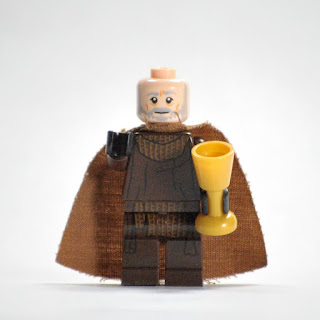St. Stephen the Protomartyr

St. Stephen is one of the select martyrs mentioned by name in scripture. He was one of the first seven deacons ordained by the church as mentioned in the Acts of the Apostles. During his life, Stephen performed many miracles and was considered to be very holy. He was martyred by stoning after calling out the sins of the Sanhedrin, a martyrdom witnessed by Saul (who would go on to become St. Paul ). Stephen prayed for his killers' forgiveness as he died. Afterwards, many of the disciples fled the holy land for safety. Lifetime: ~5 to ~33 Region: Jerusalem Patronages: Headaches; Brick layers; Altar servers; Harsh truths Iconograpy: Stones; Censer; Deacon vestments Feast Day: December 26 (Western); December 2 (Eastern)
























